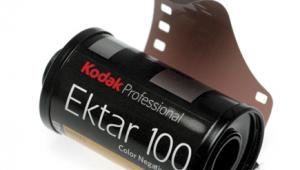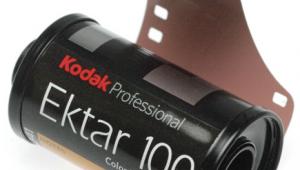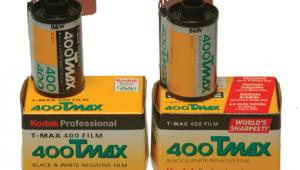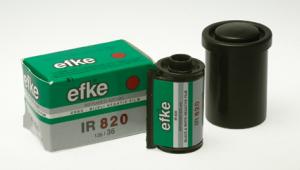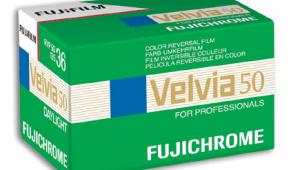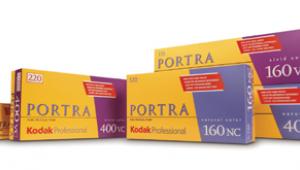First Look
New Kodak Max Zoom 800 Print Film
Until recently, ISO 400 seemed to be the uppermost limit in terms of film speed for excellent print quality in 8x12" reproductions. However, there are many advantages to shooting with an ISO 800 film: less risk of blur from camera shake, greater effective flash range, sharper action shots, and sometimes, greater depth of field. Especially with the "slow" zoom lenses of most compact lens/shutter cameras, the "faster" film is often a better choice than ISO 400, previously the "standard" speed recommended by most photo retailers. |
|||
As mentioned in our PMA Report (May 2000), Kodak has introduced an entirely new ISO 800 print film for "consumers," Max Zoom 800 "with significantly improved picture clarity and superior sharpness making it the company's best film for 35mm zoom camera snapshooters." During my meeting with the Kodak reps, they provided 20 rolls of this new film and I managed to shoot some 144 frames while exploring the Las Vegas area and later, Walt Disney World in Florida. I was certainly impressed with the resulting 8x12 enlargements which resemble prints made from the ISO 400 films. Technical Improvements. Kodak has incorporated all of its latest technology into the new Max Zoom 800: the highly efficient T-Grain emulsions, advanced color enhancement accelerators, Quad-Coated emulsion layers--with a fourth red sensitive recording layer for greater color accuracy--exposure optimized color chemistry, and an electronic charge stabilization agent for consistency even when the film is improperly stored. The practical advantages of this complex technology are simple: higher sharpness and finer grain, improved color accuracy in a broad variety of lighting conditions, greater resistance to damage from heat and humidity, plus wider exposure latitude. |
|||
The latter is significant indeed. Kodak claims that Max Zoom 800 has an exposure latitude in the --2 to plus range. In other words, good prints should be possible even when the film is underexposed by up to two stops or overexposed by up to four stops. Frankly, underexposure is generally the problem with most high-speed films, especially in snapshooting applications so greater tolerance in this direction will be good news indeed. Another advantage is worth noting: the
new film should print perfectly on the same channel as labs use for Kodak
Gold films, increasing the odds of better prints from most any minilab.
|
|||
· Colors are rich, bold, and vibrant,
especially the reds and blues. Yellows and other pastels are clean and
fully saturated. Overall, color rendition offers high visual appeal. |
|||
· When I intentionally underexposed a
roll by one stop--for higher shutter speeds during the Disney Electric
Light Parade--print quality remained more than acceptable. This is an
impressive result with an ISO 800 film. Slight overexposure is preferable
however, producing prints with even finer apparent grain and richer colors.
When the full ISO 800 film speed is not required, I would generally overexpose
this film by 1/3EV for the most impressive image quality. |
- Log in or register to post comments










